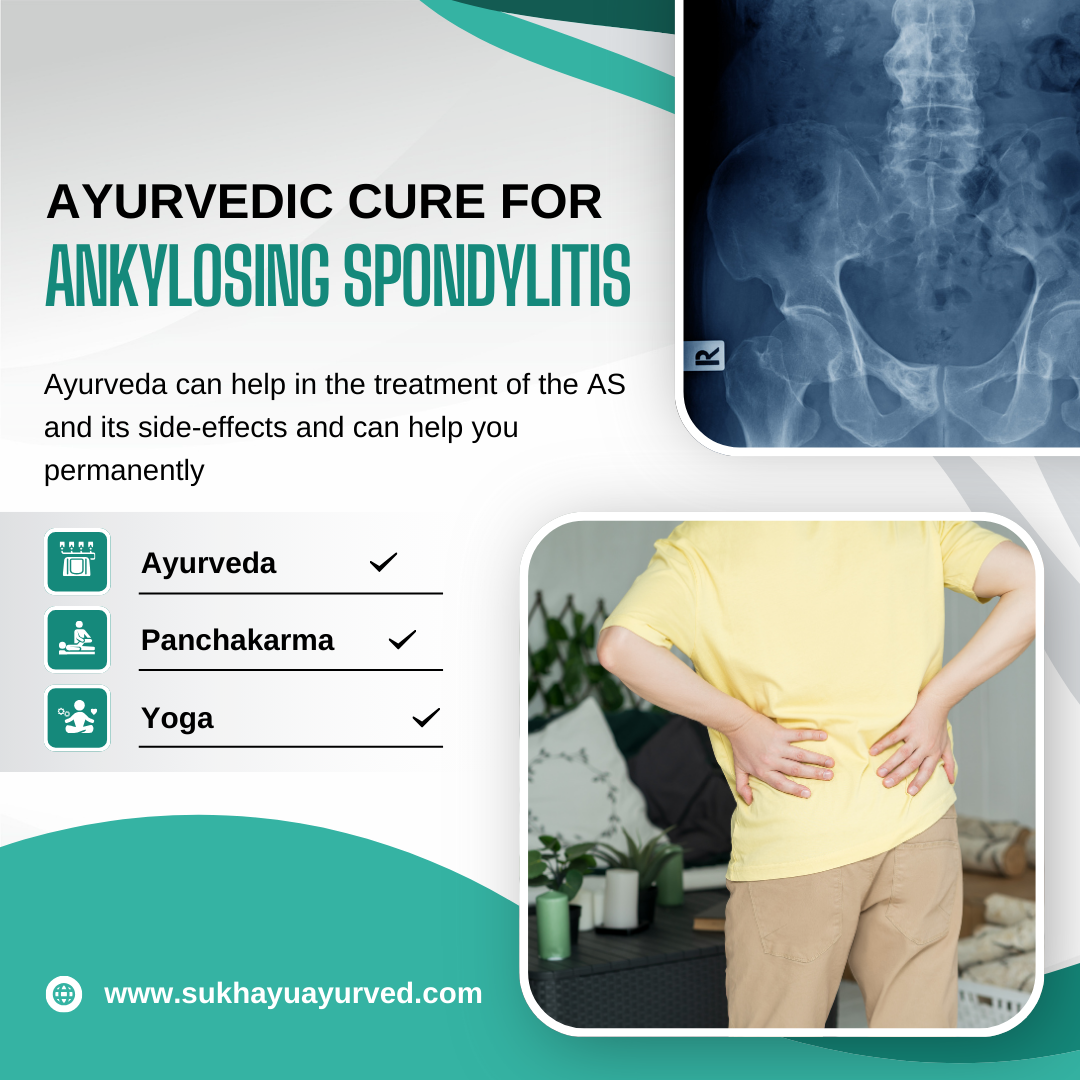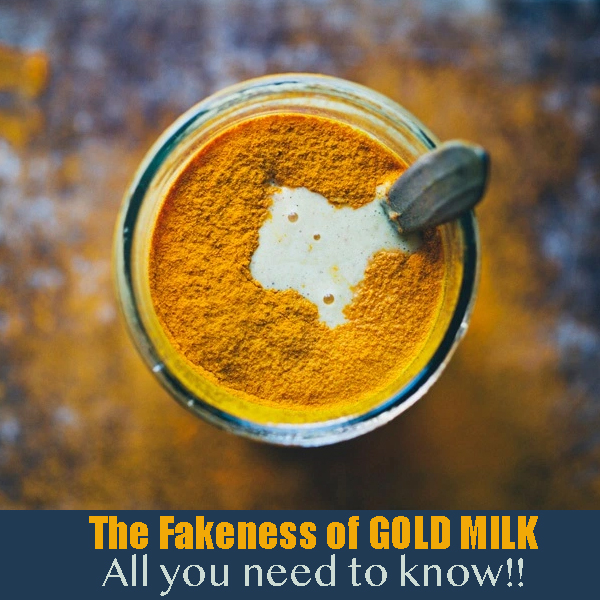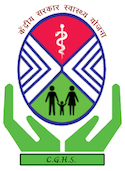Ankylosing Spondylitis & Ayurveda – A Scientific Perspective

Understanding Ankylosing Spondylitis (AS)
Ankylosing spondylitis (AS) is a condition where inflammatory changes within and around the joints, damages the joints and eventually can fuse the joint, with complete restriction of the movement. Primarily AS impacts- spine and sacroiliac joint. This condition appears because of the HLAB 27, a protein which is find on the surface of white blood cells. The inflammatory changes in the joint- eats up the cartilages in the joints– which causes pain, restriction of movement and inflammation in the joint. And when these changes start impacting on the ligaments of the joint- a “new bone formation” starts there and it leads to the calcium deposition on these ligaments– which fuses the joints later on. Due to this deposition of the calcium- complete loss of movement (Bamboo Spine) or frozen joints. Here we will discuss the relation between Ankylosing Spondylitis and Ayurveda.
This might lead to the complete disability and stiffness all around the body. When spine is affected severely it causes- postural problems– the stooped posture and complete arrest of the movements of the Spine.
Certainly, Ayurveda addresses this problem. But in a bit different way and vocabulary is completely based on- Dosha and Dhatu.
Ayurvedic Classification of Ankylosing Spondylitis
According to Ayurveda, AS can relates with three conditions- Ama Vata, Vata-Rakta, or Asthi-Majjagata Vata, depending on symptom manifestation.
- Ama Vata – When there is a deposition of the undigested metabolic waste (Ama) in joints due to weaker metabolic activities (Agni dysfunction), this leads to inflammation and pain. Because smaller channels around the joints don’t work normally.
- Vata-Rakta – Vitiated Vata Dosha, when enters in the smaller capillaries around the joint- it destroys the channels or constricts these. This leads to the loss of blood-related-activity in that specific joint. Because Vata and involve in this process, therefore in Ayurveda it is- Vatarakta. This also has several types but is strongly relates to Gambheer Vatarakta and Aamja Vatarakta.
- Asthi-Majjagata Vata – Vata resides in Asthi and Majja Dhatu. But when this Vata aggravates in its own place- it brings a lot of damage to the tissue around. The degenerative activities in the region causes stiffness, degeneration and mobility issues seen in AS.
Whatever relation we consider to AS from Ayurvedic perspective. There are only three major things- Vata dosha, Rakta, Asthi and Majja. This is the calculative understanding of Ayurveda which gives clarity in the treatment of the condition. Because the treatment is The dominance of Vata Dosha explains the stiffness, degeneration, and mobility issues seen in AS. Ayurveda aims to balance Vata, remove Ama, and nourish Asthi and Majja Dhatus to halt disease progression.
How Ayurvedic Treatment Help in Ankylosing Spondylitis
There are different aspects for ayurvedic treatment of Ankylosing Spondylitis. The main approach is based on these five points-
- Pacifying the aggravated doshas
- Deep cleansing of body through Panchakarma
- Immunomodulation
- Regulating Calcium deposition
- Restoring Mobility
Pacification of the Doshas:
Because everything as per Ayurveda revolves around Doshas, therefore it is important to pacify all the doshas and to bring back equilibrium. Most of the physicians make a mistake by working alone on Vata Dosha. But here all the doshas are important to manage properly. When we look at the doshas and autoimmunity, all doshas are equally important. Thus a skilled Vaidya can only handle such complicated condition.
Deep Cleansing of the body:
In chronic conditions like Ankylosing Spondylitis, when we want a permanent treatment of the condition- it is important to deep cleanse the body at cellular level. This is possible with Classical and Authentic Panchakarma only. Panchakarma for Ankylosing spondylitis is planned according to Doshas and severity of the condition.
Immunomodulation:
To control the autoimmunity, it is important to balance the immune system. Conventional system of medicine strongly believe in suppression of the immune system. But these medicines always- compromises the immunity of the body and leave a lot of negative impacts overall. Ayurveda works on the concept of modulation of immunity and to bring back the normalcy of the system. Herbs like- Hardira, Ashwagandha, Guduchi and Guggulu work for this purpose.
Regulating the Calcium Deposition
Next challenge in Ankylosing Spondylitis is to stop the deposition of calcium on ligaments. Because if we don’t stop this condition, it can lead to conditions like “bamboo spine” and “complete fusion of the hip joint“. When this is not achieved disability starts knocking on the body and it is irreversible mostly.
Restoring the Mobility
Once we achieve these four stages- the last and most important is to make sure that we can restore the mobility of the body. This is something which allows the patient to live normal life.
Scientific Evidence Supporting Ayurvedic Treatment
Several research works have validated the efficacy of Ayurveda in Ankylosing Spondylitis:
- The series of cases of Ankylosing Spondylitis Treatment with Ayurveda by Sukhayu Ayurved, is here.
- A study published in AYU Journal (2012) demonstrated significant improvement in pain and mobility in AS patients undergoing Tikta Ksheera Basti.
- Clinical trials on Boswellia serrata (Shallaki) and Curcumin (Turmeric) have shown up to moderate reduction in inflammatory markers, leading to better disease management.
- Many studies on Guduchi and Ashwagandha have shown the role in immunomodulation, This helps in treatment of the AS, permanently.
Lifestyle & Dietary Recommendations for AS Patients
- Dietary Modifications:
- Generally everybody feels that if it is about bones, use calcium. But the right way is to use calcium adequately.
- Avoid dry, fermented, and processed foods, which aggravate Vata.
- Increase warm, easily digestible, and adequately oily/fatty like cooked vegetables, ghee.
- Include bone-strengthening foods like sesame seeds, milk, and almonds.
- Yoga & Exercise:
- Marjariasana (Cat-Cow Stretch), Bhujangasana (Cobra Pose), and Setu Bandhasana (Bridge Pose) help maintain spinal flexibility.
- Pranayama (breathing techniques) aids in reducing inflammation.
- Daily Routine (Dinacharya):
- Following the biological clock- waking up timely and going to bed in time are important.
- Regular self-massage (Abhyanga) with Mahanarayan or Bala Ashwagandha oil can help in long run.
- Adequate rest and stress management with meditation and sound sleep.
Conclusion: Why Ayurveda is the Best Choice for AS Management
Conventional medicines give immediate relief in pain and stiffness but decay of tissues and calcium deposition keeps on continue in background. And disease keep on increasing. Opposite to this Ayurveda doesn’t provide that quick relief in the condition. But makes sure that disease won’t progress further. Because Ayurveda provides a sustainable, holistic and natural approach to treat ankylosing spondylitis.
In the name of treatment of ankylosing spondylitis, most of the times patients keep on making mistakes by using – unauthentic home remedies in name of treatment of ankylosing spondylitis. Which hampers the quality of life, slowly and permanently.
For personalized treatment for Ankylosing Spondylitis, consulting an experienced Ayurvedic practitioner is essential to determine the best therapeutic approach. Ayurveda is not just about managing symptoms; it is about restoring balance and enabling long-term healing.














